
What is shabu-shabu? Simply put, this mysteriously-named dish is a popular style of nabemono, or Japanese hot pot, featuring paper-thin slices of tender meat and fresh vegetables cooked together in a large open pot. Unlike other types of hot pot, where the ingredients are cooked together before serving, shabu-shabu ingredients are served raw and cooked tableside during the meal, similar to fondue.
Shabu-shabu can be eaten at specialty restaurants or enjoyed at home, especially during the winter, but a summer version called hiyashi shabu or rei shabu (chilled shabu-shabu) also exists.
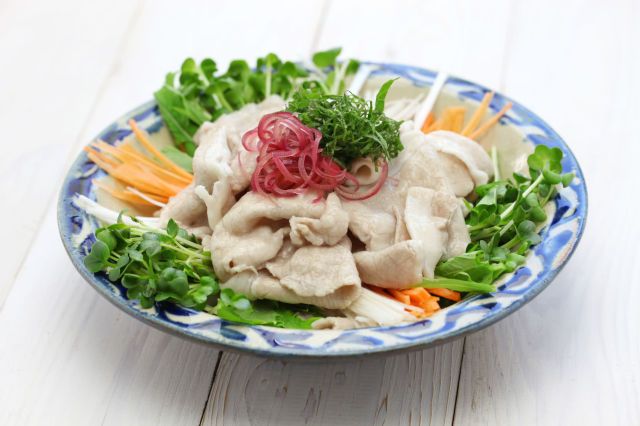
Shabu Shabu Equipment
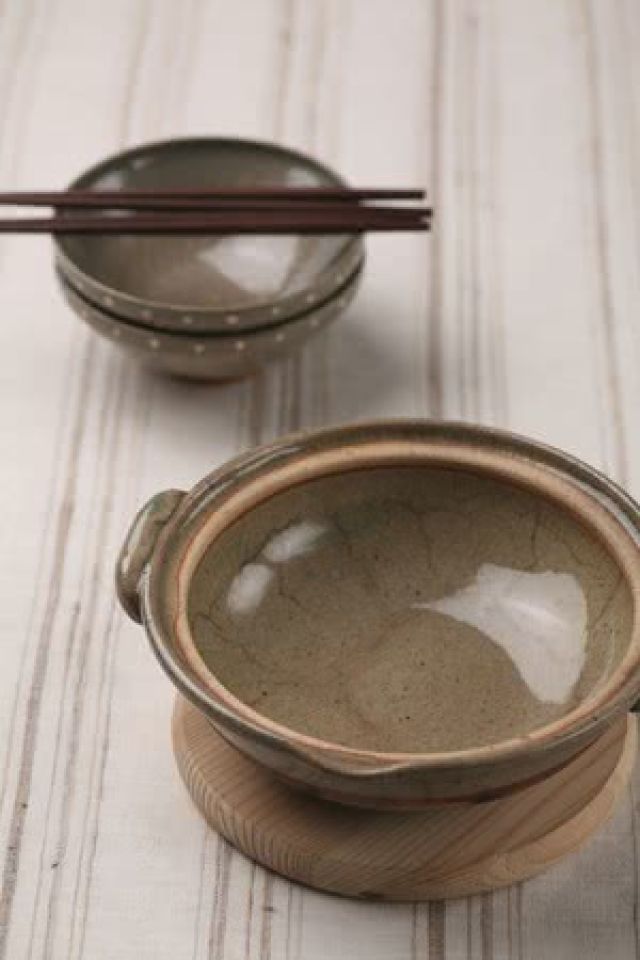
Shabu Shabu Ingredients
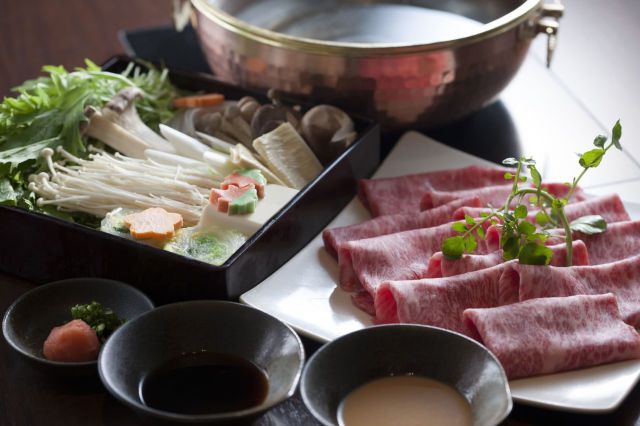
Shabu-shabu is eaten with a variety of thinly sliced meats and fresh vegetables. Paper-thin slices of beef and pork are the most common offerings, but chicken, seafood, and even lamb are served in some restaurants. Tofu is another good protein option that is also suitable for vegetarians. For the vegetables, napa cabbage, onion, carrot, and mushrooms are fairly standard, in addition to seasonal produce like tender spring greens, sweet summer corn, and autumn yams.
Shabu-shabu is usually enjoyed with a bowl of rice. Typically, plain steamed white rice is offered, but sprouted brown rice is a good choice for a healthier option. Noodles can also be enjoyed with shabu-shabu such as harusame, a type of thin glass noodle, or thick udon noodles, which can be added to the soup pot at the end of the meal.

How to Eat Shabu-shabu
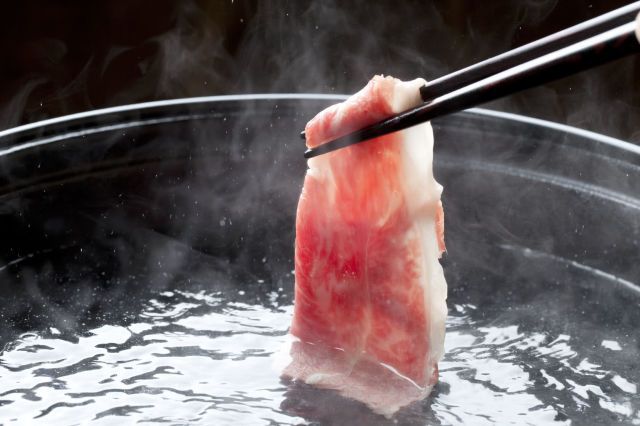
Then, add vegetables to the pot and cook briefly to add flavor to the broth. Harder vegetables like carrots will take longer to cook, while leafy vegetables tend to cook more quickly.
Next, cook the meat and seafood, swishing the pieces lightly through the broth or submerging them briefly. Cook only enough meat at a time for one or two bites, rather than trying to cook everything at once. Shabu-shabu should be enjoyed like fondue, with the ingredients cooked over the course of the meal. In addition, adding too many items to the nabe pot at once can lower the temperature of the boiling broth and interrupt cooking.

Enjoy the cooked meat and vegetables dipped simply in sauce, or eat them together with rice.At the end of the meal, rice or udon noodles mixed with raw beaten egg can be added to the broth for everyone to share as a finisher.
How to cook Shabu-Shabu
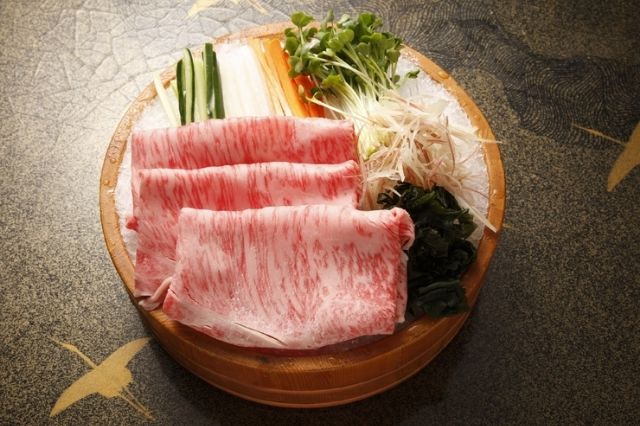
1/4 napa cabbage (about 350 g)
½ bunch shungiku (Garland Chrysanthemum) or mizuna greens (about 115 g)
1 Negi (leeks) (about 110 g)
1 package enoki mushrooms or shimeji mushroom as you like (about 200 g)
4 shiitake mushrooms (about 65 g)
2 inches carrot (about 65 g)
1 package medium firm tofu (about 396 g)
450 g thinly sliced beef (chuck or rib eye), or pork (113-140 g per person)
1 package udon noodles (about 250 g) or cooked rice (Typically, hot pot meal ends with cooking udon noodles or porridge.)
You can also add any other vegetables as you like.
DIPPING SAUCE & CONDIMENTS
Sesame Sauce
Shichimi Togarashi (Japanese seven spice) - optional
Grated Daikon Radish – optional
Chopped Green Onion – optional
Preparing Broth
While preparing the broth, let’s prepare the dipping sauce and all the other ingredients!
Preparing Dipping Sauce and Condiments
Use grater or food processor and make the grated daikon radish. (5 cm cut of daikon)
Chopped Green Onion
Chop the green onion into about 2-3 mm (1 green onion)
Ponzu Sauce Recipe: (2-3 people)
*Soy Sauce <5 tablespoon>
*Vinegar <4 tablespoon>
*Mirin <3 tablespoon>
*Lemon juice < 6 to 9 drops >
1. Mix all the *ingredients together
Sesame Sauce Recipe: (2-3 people)
Ground Sesame Seeds (white) – 2 tablespoon
Mirin – 2 tablespoon
Sugar – 1 tablespoon
Soy Sauce – 1 tablespoon
Mayonnaise – 1 tablespoon
Vinegar – 1 teaspoon
Miso paste – 1/2 teaspoon
Sesame oil – 1/2 teaspoon
1. Wisk Miso paste and Mirin well together until the miso paste becomes smooth.
2. Add all the other ingredients and mix. Then microwave for 1 minute.
3. Wait until it gets cool.
Preparing Ingredients
2. Cut the shungiku, mizuna green or any other green vegetables into 5 cm pieces.
3. Cut the white part of negi (leeks) diagonally into 1.5 cm thick pieces.
4. Rinse enoki and shimeji mushrooms. Discard the bottom of both mushrooms and separate into smaller chunks.
5. Cut the stem of shiitake mushrooms. You can cut the surface of shiitake mushroom with x-shaped cuts to make shiitake mushroom easier to absorb broth.
6. Cut the carrot into ¼ inch rounds.
7. Cut the tofu into 2 - 3 cm thick square pieces.
8. Prepare udon noodles according to the instructions on the package, such as put frozen udon in a boiling water and reheat for 1 minute or microwave for 2 minutes. Transfer to iced water, and drain well.
9. Arrange all the ingredients on a serving platter.
How to Cook Shabu Shabu
2. Slowly simmer the broth over low heat. Take out the kombu (Kelp) right before water starts to boil.
3. Add the tofu, the tough part of napa cabbage and shungiku or mizuna green, negi leek, carrots, and some mushrooms. Cover to cook for about 10 minutes. * You don’t have to put all the ingredients at once. You will add more ingredients and cook repeatedly as you eat.
What is Shabu-shabu? It’s a Simple, Social and Sumptuous Feast
Finally, we will introduce 5 restaurants in Tokyo where you can enjoy fantastic shabu-shabu. Since you've just learned about how to eat shabu-shabu, this is the perfect opportunity to try it out!
1. Moritaya Tokyo Marunouchi Branch
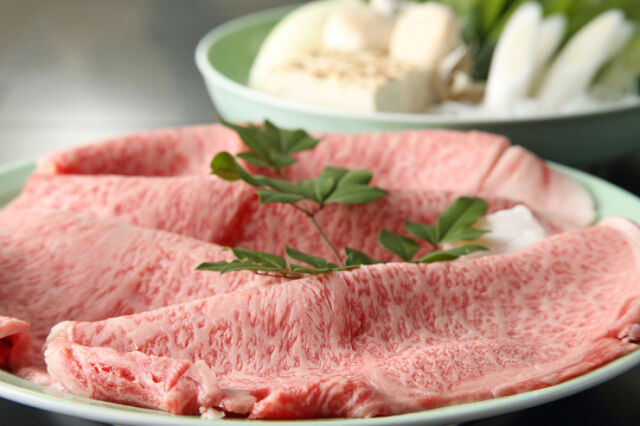
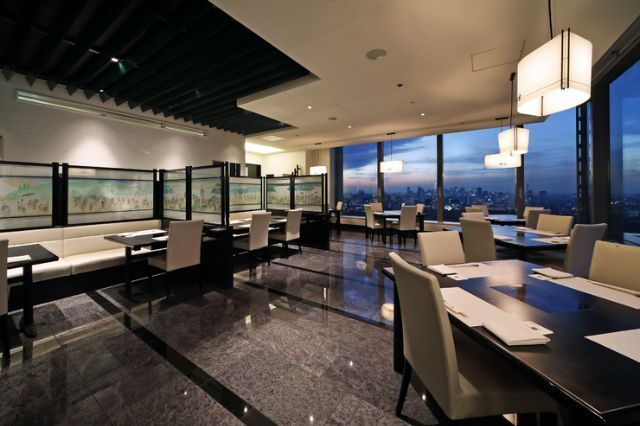
Moritaya Tokyo Marunouchi Branch
Closed: None
Average price: [Dinner] 15,000 JPY / [Lunch] 10,000 JPY
Access: JR Sobu Line, JR Chuo Line, JR Yamanote line, JR Keihin-Tohoku Line / Tokyo Metro Marunouchi line 1 minute walk from Tokyo Station.
Address: Marunouchi Building 35F, Marunouchi 2-4-1, Chiyoda, Tokyo Map
More Details Reservation
2. Ginza Shabutsu
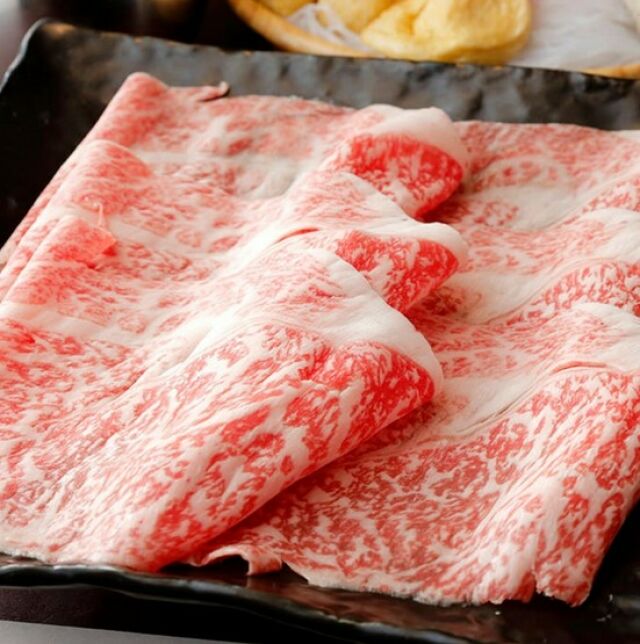
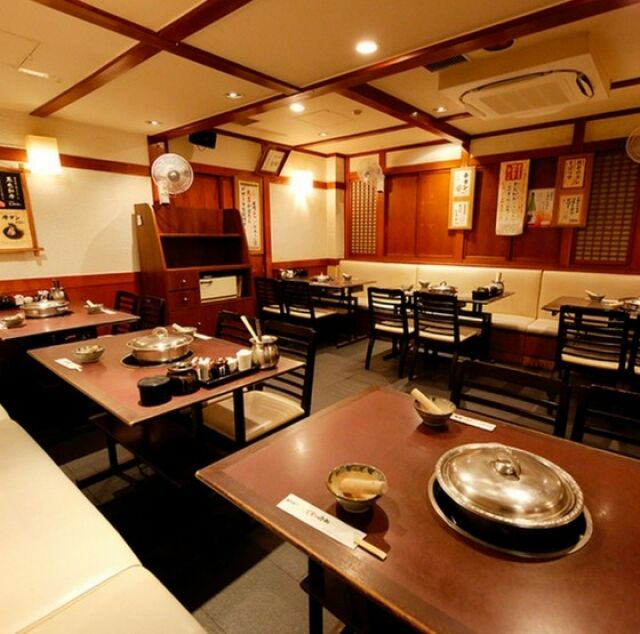
Ginza Shabutsu
Closed: None
Average price: [Dinner] 4,000 JPY / [Lunch] 1,000 JPY
Access: 5-minute walk from Ginza Station on the Tokyo Metro Ginza Line, Marunouchi Line, and Hibiya Line
Address: B1F, Torishige Bldg., 6-9-15, Ginza, Chuo-ku, Tokyo Map
More Details Reservation
3. Shabu-shabu & Sushi Hassan
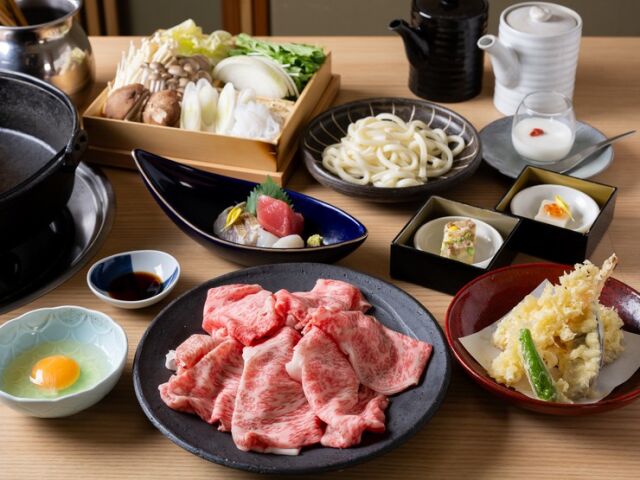
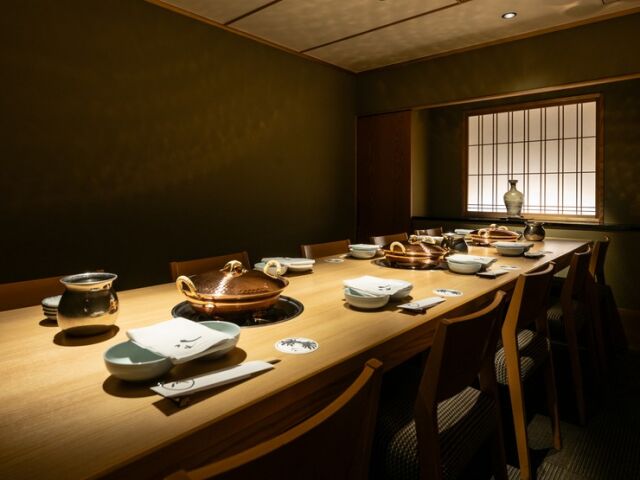
In addition to luxurious course meals such as the signature “Matsusaka Beef Sukiyaki Course” and “Black Wagyu Beef Sukinabe Sushi Kaiseki,” various all-you-can-eat menus are also available. The nine private rooms can be used without removing shoes, ensuring a comfortable experience for international visitors. While respecting traditional Japanese style, the restaurant offers a new dining experience.
Shabu-shabu & Sushi Hassan
Closed: Irregular
Average price: [Dinner] 8,000 JPY / [Lunch] 2,000 JPY
Access: Take Exit 3 of Roppongi Station on the Tokyo Metro Hibiya Line and go straight to the left. It's located on the B1F of the Roppongi Denki Building next to Sumitomo Mitsui Banking Corporation.
Address: B1F, 6-1-20, Roppongi, Minato-ku, Tokyo Map
More Details Reservation
4. Sukiyaki Kappo Yoshizawa
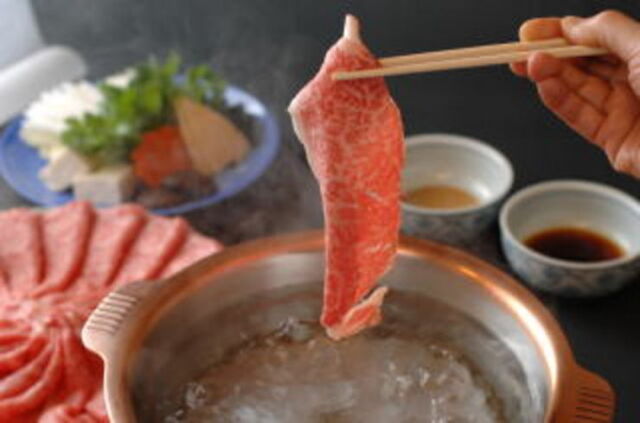
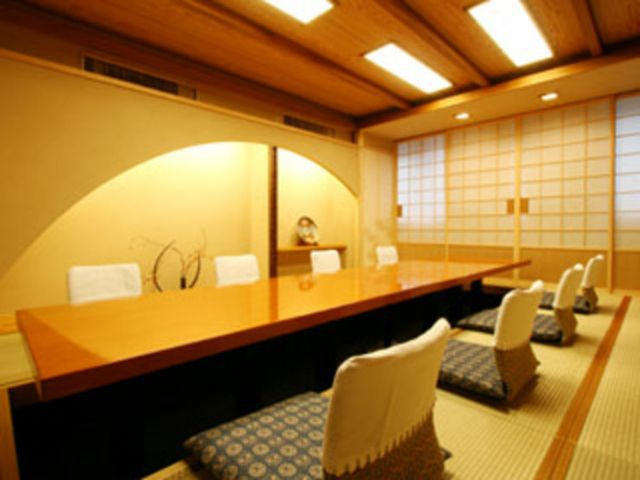
Sukiyaki Kappo Yoshizawa
Closed: None
Average price: [Dinner] 14,000 JPY / [Lunch] 4,000 JPY
Access: Three minutes' walk from exit A12/13 of Ginza Station, Tokyo Metro Ginza Line. Two minutes' walk from exit A8 of Higashi-ginza Station, Toei Asakusa Line.
Address: 3-9-19 Ginza , Chuo-ku, Tokyo Map
More Details
5. Shabu Zen Yotsuya branch
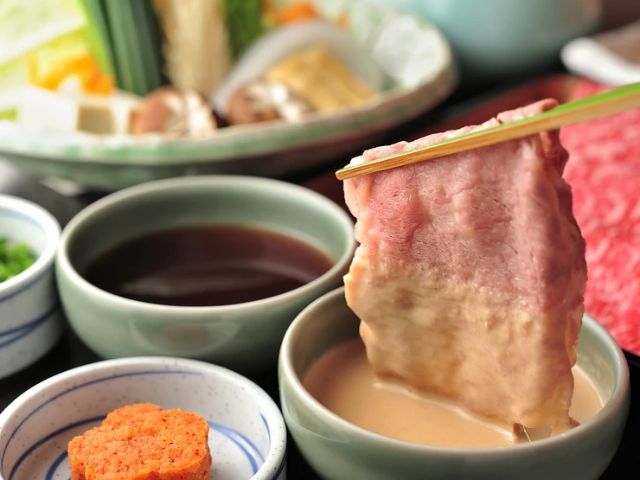
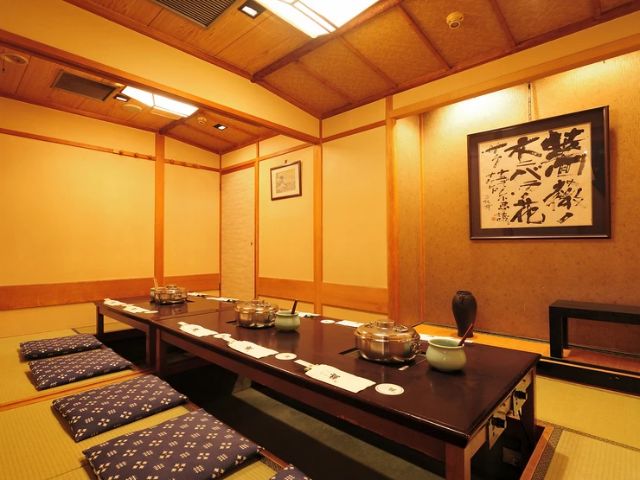
Shabu Zen Yotsuya branch
Closed: None
Average price: [Dinner] 7,000 JPY / [Lunch] 1,500 JPY
Access:
Address: Chuo Building 6F, 3-8 Yotsuya, Shinjuku-ku, Tokyo Map
More Details









![Azabudai Hills [SUMI] (Janu Tokyo) ~ Editor's Afterword by the Editor-in-Chief of Japan's Gourmet Site](/gg/content_image//image/discover_oishii_japan/6536/article_head_150x105z.jpg)









